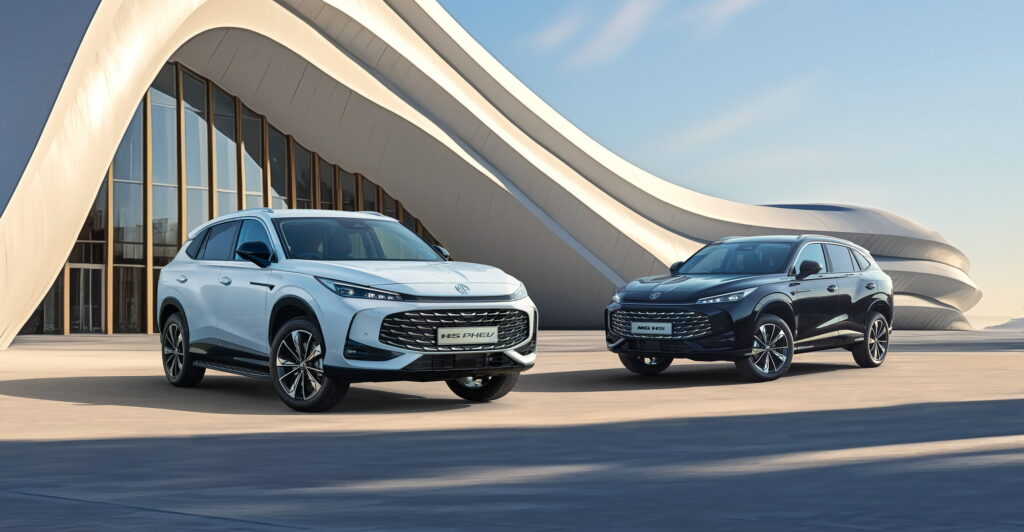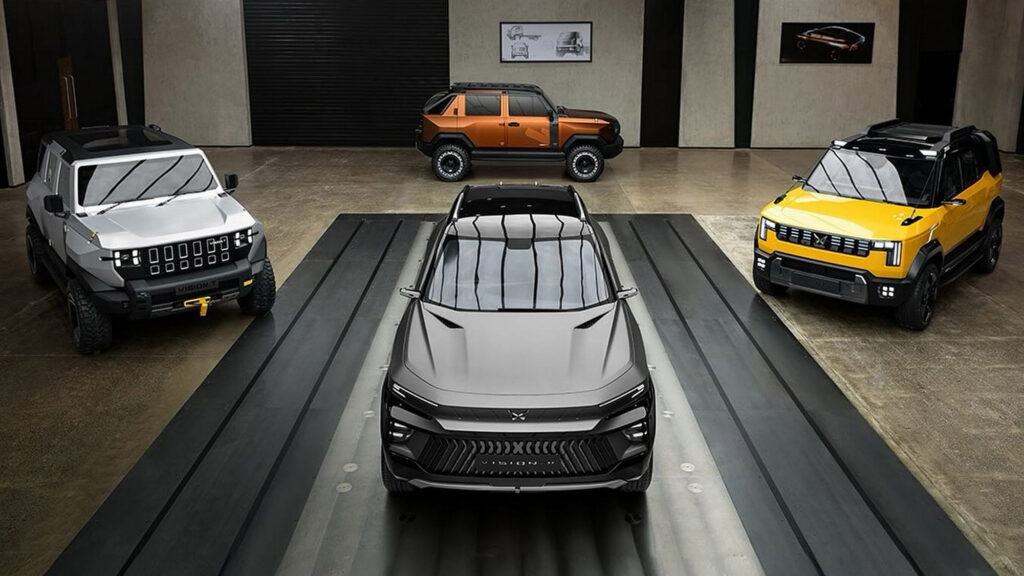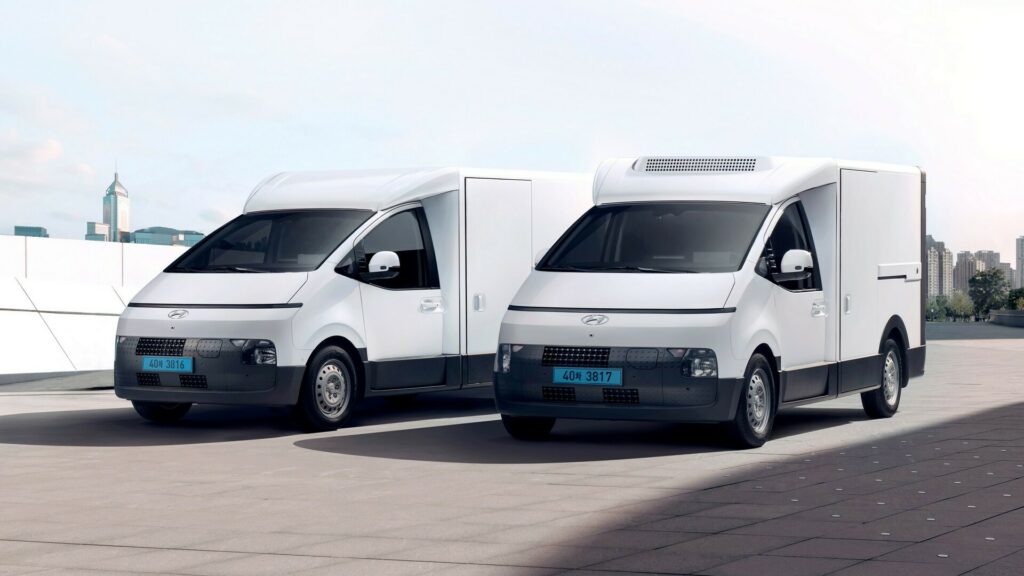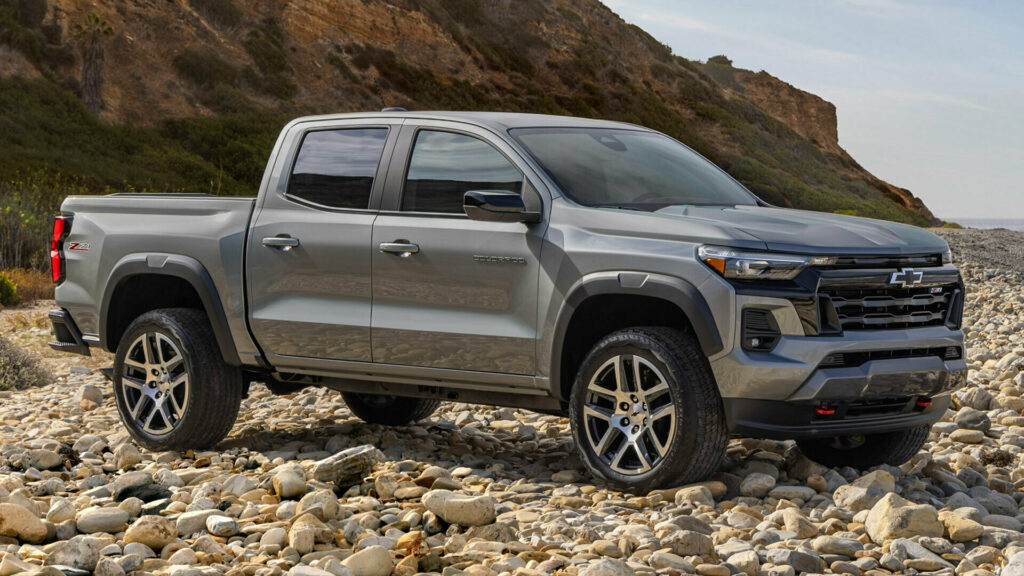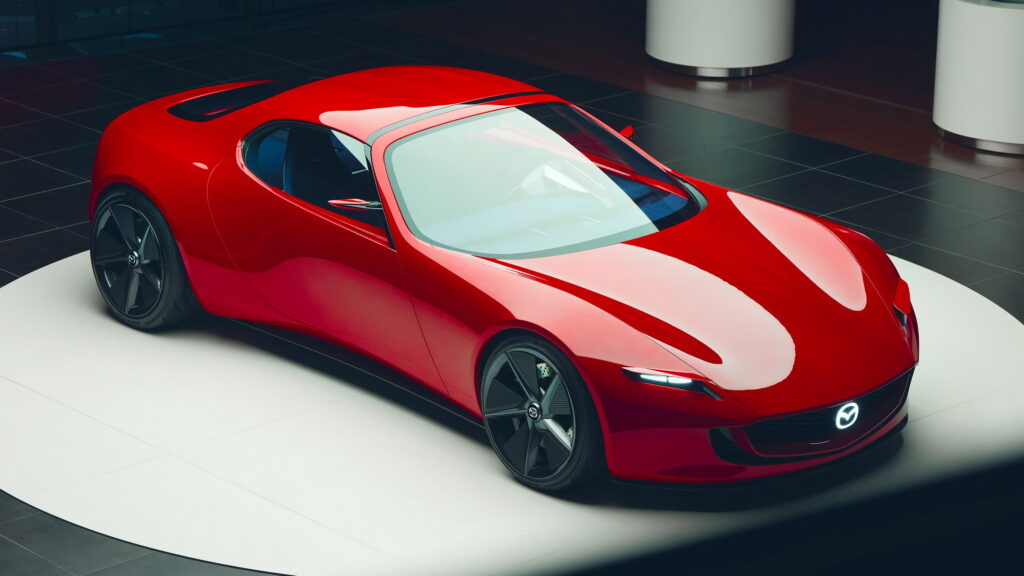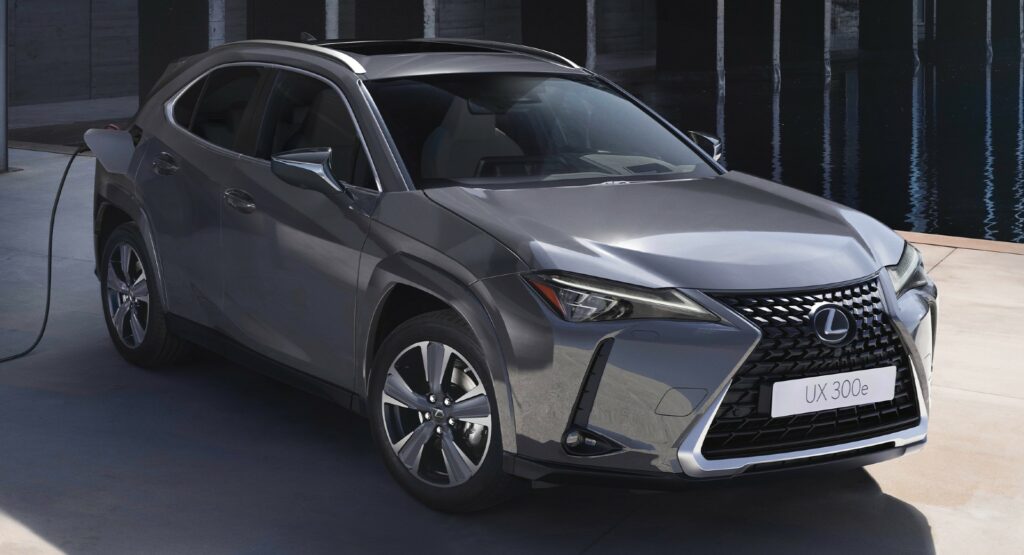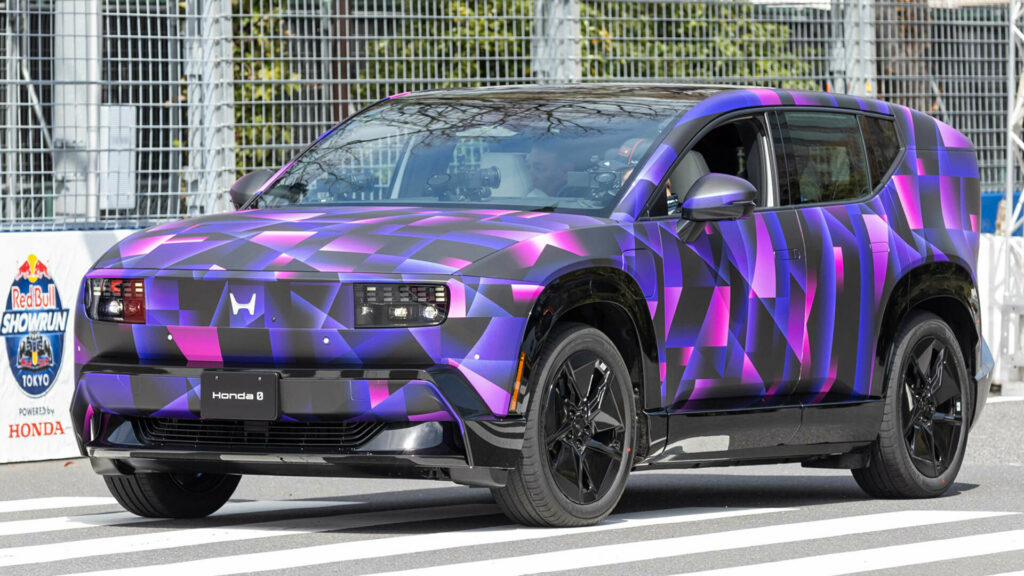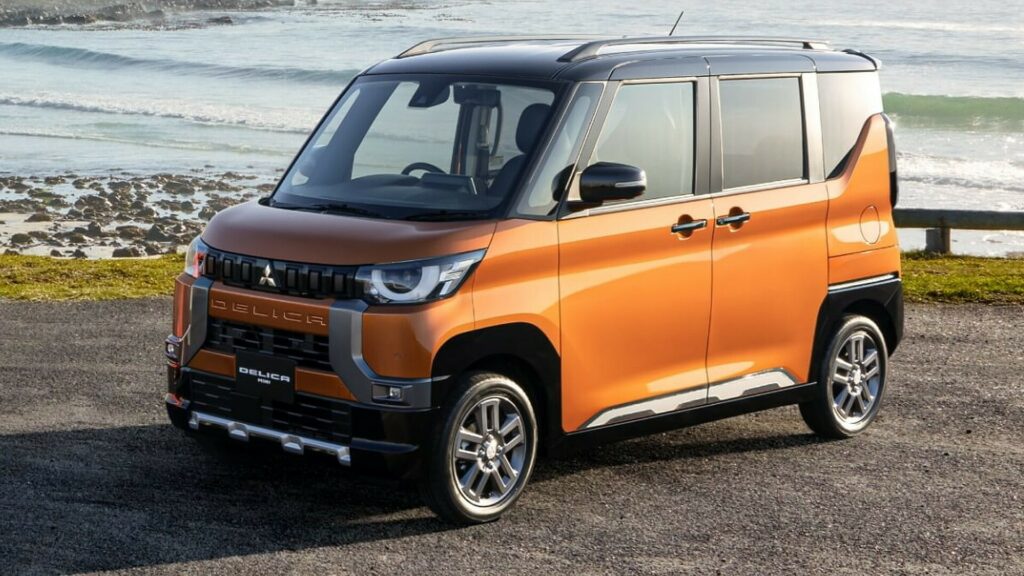Europe’s Tariffs Backfire As Chinese Carmakers Exploit A Hidden Loophole

- BYD has already registered more than 20,000 PHEVs in Europe so far.
- Similarly, MG has increased hybrid sales and cut EV sales in the region.
- The EU is aware of the loophole but doesn’t appear eager to close it.
In a bid to protect its car industry, as well as hit back at Chinese carmakers for receiving unfair subsidies from their government, the European Union has been imposing hefty tariffs on imported EVs from the People’s Republic since October 2024. However, Chinese brands are already looking to circumvent the tariffs as much as possible by setting up local production facilities and, at least for the time being, increasing their focus on hybrids.
Where There’s a Will, There’s a Way
Hybrids sit in a relatively safe zone, since they’re only partially covered by the EU’s tariff system. Combined with the fact that they remain popular with European buyers, it’s no surprise that Chinese automakers are boosting hybrid imports at record levels.
Read: Toyota Finally Blinks As Europe’s EV Market Closes In
A recent report from Dataforce reveals that BYD registered 20,000 plug-in hybrids in the EU through the first half of the year, more than three times the number of PHEVs it imported during the whole of 2024. In addition, MG has imported more PHEVs across January-June than it did in all of 2024. Lynk & Co is also importing more PHEVs to Europe than ever.
Increasing their focus on hybrids greatly benefits Chinese firms. Every EV that BYD sells in Germany is hit with a base 10 percent duty and then a 17 percent additional duty, bringing the tariff up to 27 percent. For the best-selling Atto 3, these tariffs add about €10,000 ($11,600) to the electric SUV. By comparison, the plug-in hybrid BYD Seal U only has to deal with 10 percent duties, or the equivalent of €3,999 ($4,600) based on its €39,999 ($46,600) starting price.
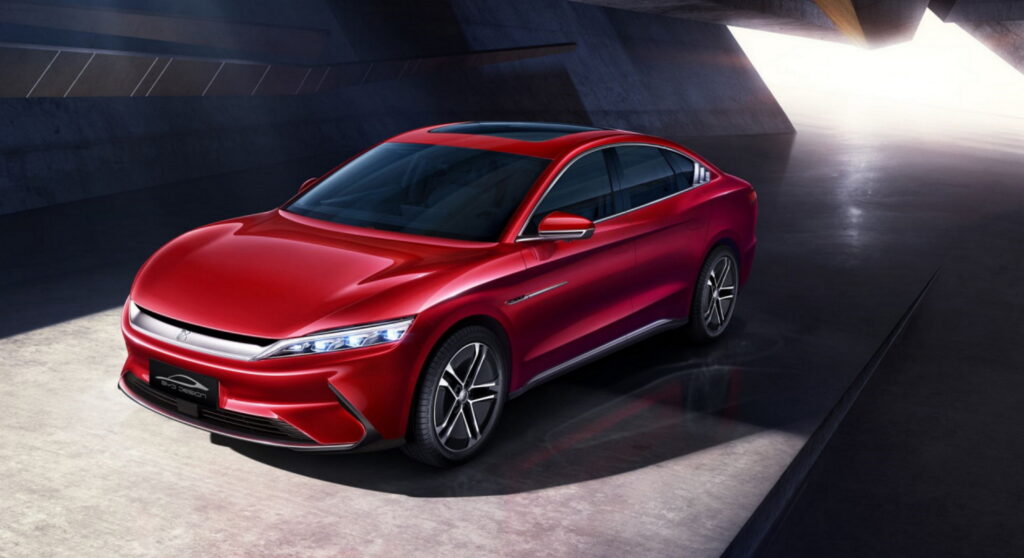
The impact is even more significant for SAIC, which sells MG models. It has to deal with the highest EU tariffs of 45.3 percent for its imported EVs. So, through the first six months of this year, it has sold 60 percent fewer EVs across the continent, but has increased registrations for the hybrid MG HS, MG ZS, and MG 3.
Changing Tactics to Circumvent Obstacles
“It was only a matter of time before the Chinese manufacturers changed their strategy after the introduction of the special tariffs in order to increase their profitability in Europe,” the director of the Center Automotive Research in Germany, Beatrix Keim told Handelsblatt.
It’s understood the European Commission is aware of the loophole being exploited by Chinese brands, but it does not appear to be concerned. Instead, it remains hopeful it’ll be able to work things out by having talks with China’s aggressively expanding automakers.
